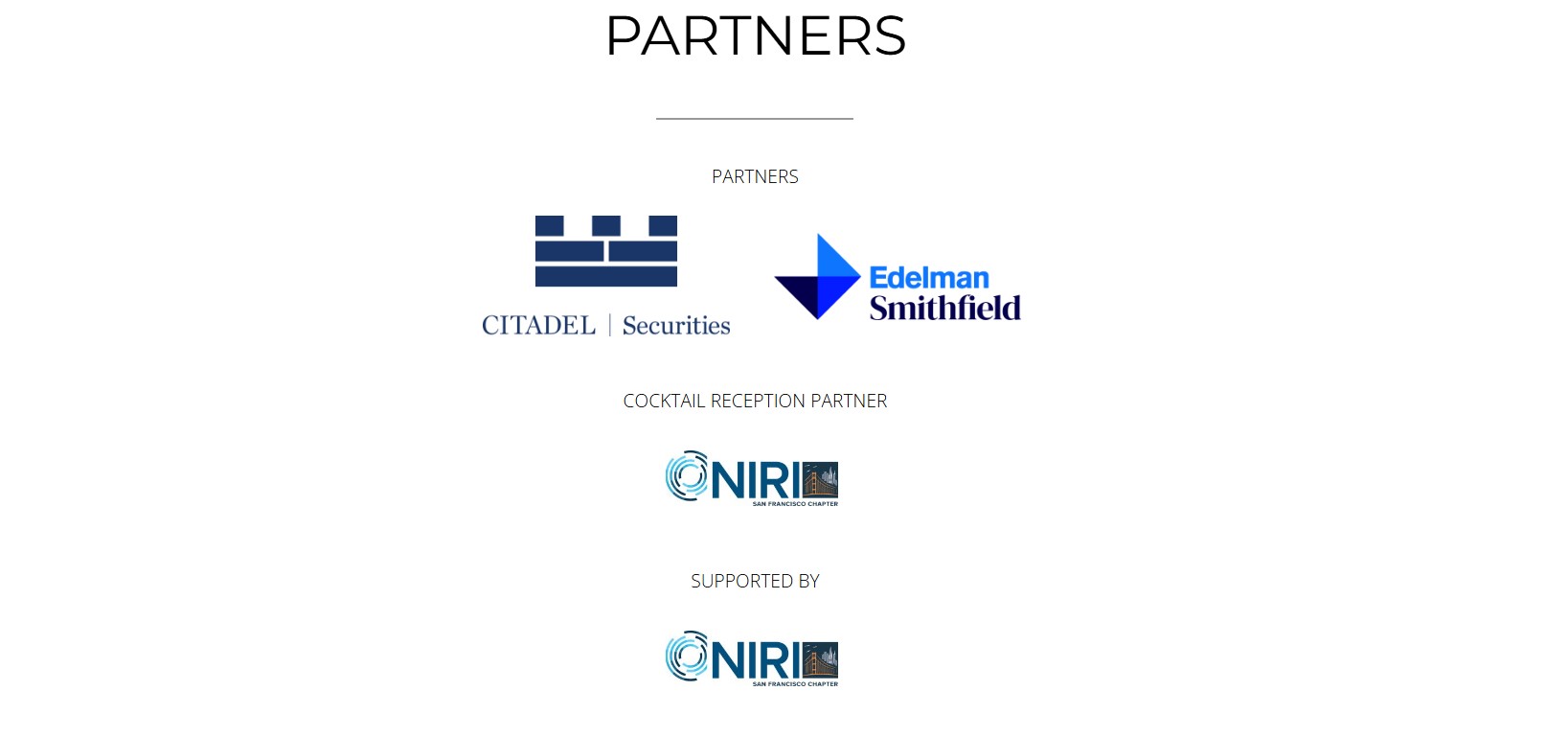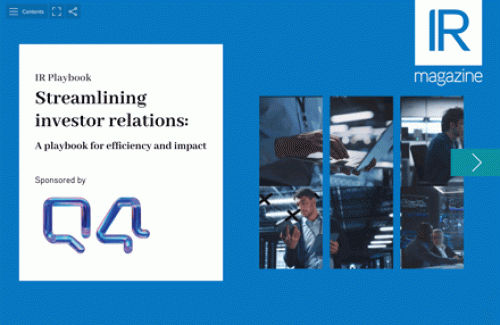AI has been one of the buzziest of buzzwords for the IR world. Most now accept that AI probably isn’t here for their jobs and is instead set to help carry the investor relations load. But how exactly are IR professionals already using these tools and how do they get the budget to begin trying and testing AI?
IR Magazine put these questions and more to Valmik Desai, director of IR at Salesforce and Jami Taylor, senior vice president and head of IR at Coherus Biosciences in a conversation on all things AI.

Try the consumer accounts
Taylor advised trying out individual accounts to see where a tool can add value before pushing for corporate spend. ‘A lot of these tools are relatively affordable at the consumer level,’ she noted, with $45 or less a ‘no-brainer’ when it comes to dipping a toe into the world of AI.
She did, of course, stress the need to be incredibly cautious around the information you use in any tool. ‘Where I work, as I’m sure [is the case] where all of you work, there’s an absolute-bar-none [prohibition on] material non-public information being included in any sort of AI system,’ she said. That, she added, means there is a natural lean toward using AI for the research side of IR, as tools that summarize and drive efficiencies and ‘allow us to be superhuman in some ways when it comes to working in IR.’
Use what you’ve got
Desai agreed, citing his current top AI use-cases as summarizing and crafting narratives. But he also talked about Slack’s new AI function, highlighting that many of the tools IROs and their companies use already incorporate AI elements, or might well be working on them.
‘We have 70-plus products and I’ll get questions on one of those specific products like, What’s the competitive landscape here? What are you seeing in the space?,’ he explained. ‘When I log into Slack and ask a very generic question, it’ll search across all [our internal] channels and surface an answer, with sources. That has been a massive time save for us.’
Naming names
Taylor also pointed delegates to a couple of her most-used AI tools today, talking about how, for a busy biotech role without in-house competitive intelligence, these are proving invaluable.
‘In the biotech development space, there are other small and large firms [operating] in the same space,’ she explained. ‘You get asked about differentiation a lot, and sometimes it’s hard to find that learning curve. Shortcutting that is something I’ve worked very hard to do.’
For this, Taylor explained that she uses a tool called Humata, which allows you to access summaries of uploaded PDFs.
She also talked up an AI-powered search engine called Perplexity. ‘I don’t know how many of you use that for research, but I use it almost daily when I’m asked a question I can’t answer about some aspect of the broader landscape,’ she said.
‘Perplexity is amazing in part because it not only delivers answers to you, but will also offer ways you can consider reframing a research topic, or framing in a new light or with a new lens. It will probe you and, in some ways, test you. I found that to be hugely powerful as well.’











